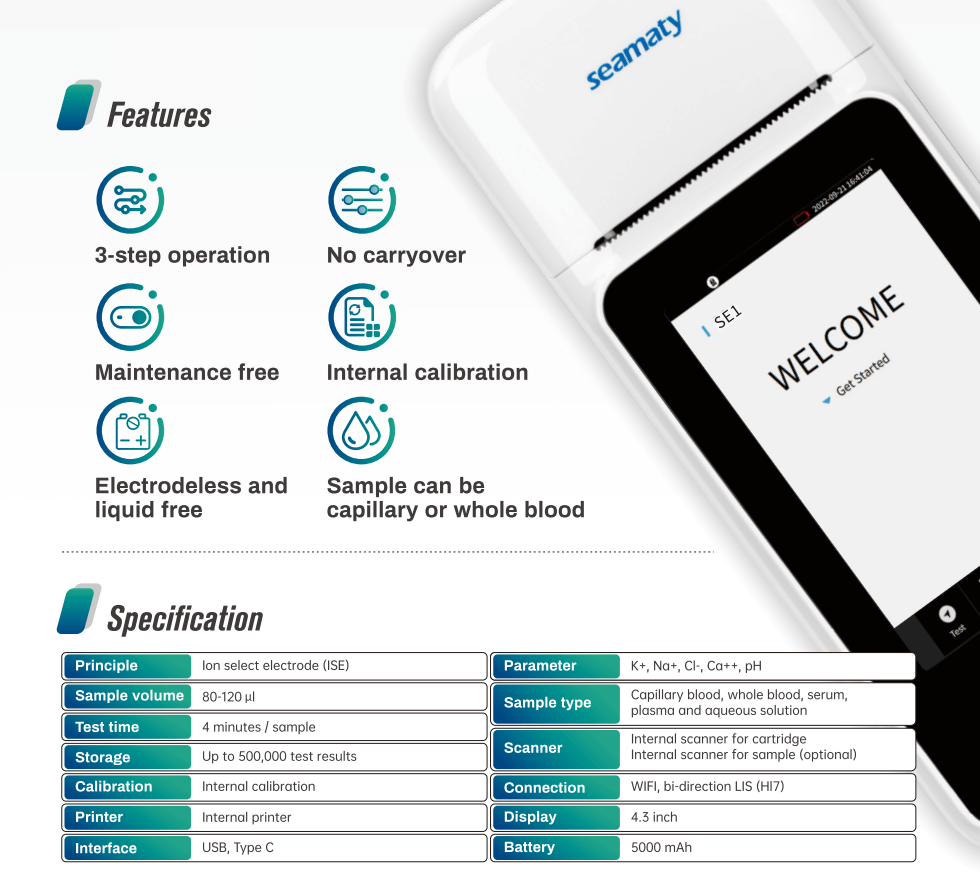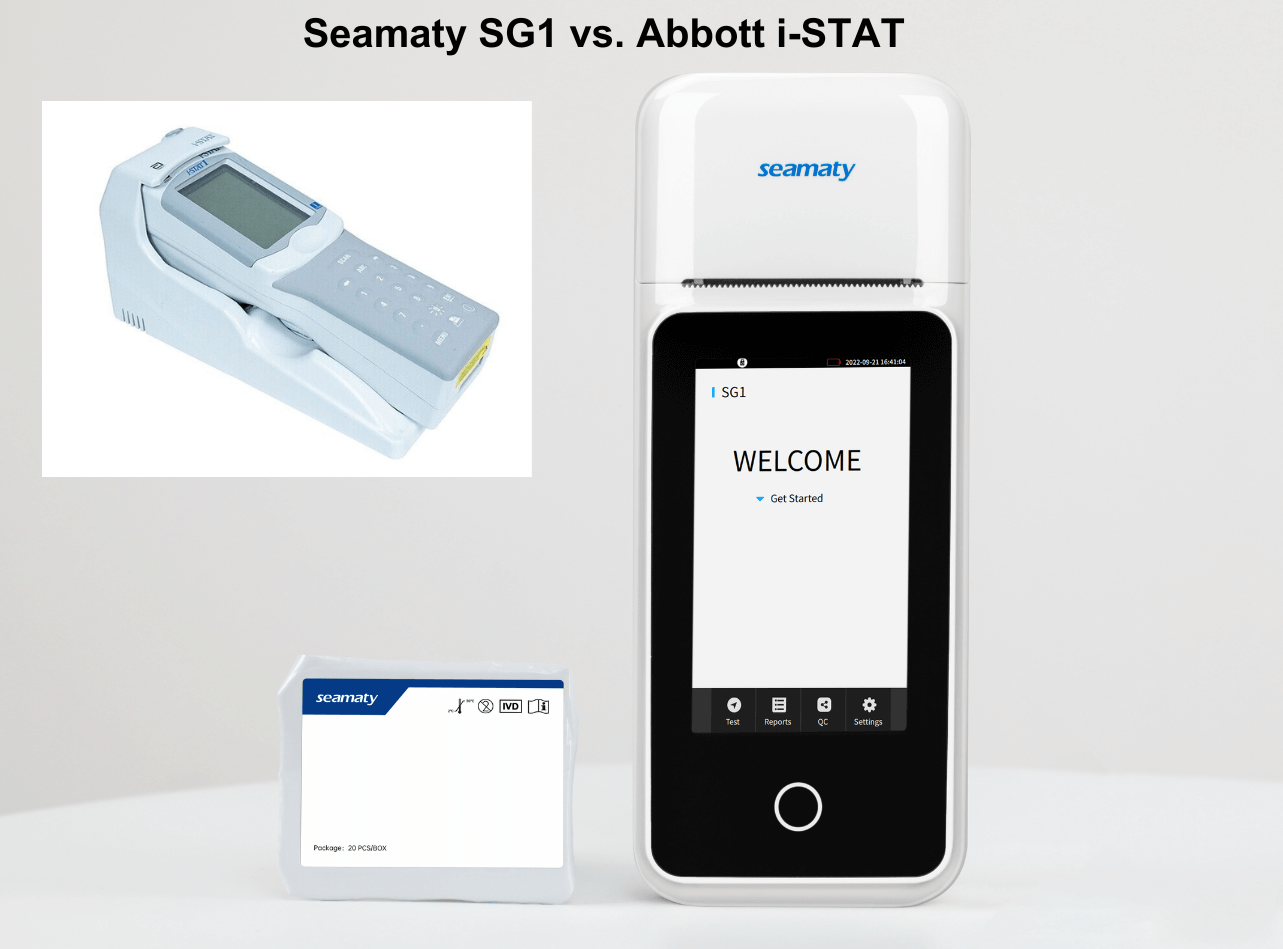I am a blood sample, of course, this is only my current identity.
My master is 40 years old, half a month ago, he appeared fever, general weakness, nausea and other performance. This morning, he came to the hospital, the doctor examined him, suspected that he had "hepatitis", let him check the liver function.
The owner came to the blood collection window of the laboratory and had his blood drawn. When the blood collection needle punctured into the blood vessels on the owner's arm, I flowed out of the owner's body along the hose and into a test tube that had been labeled with a barcode.
I heard from the nurse who collected me that the blood sample would use a different test tube depending on the purpose of the test. The test tube I entered was a yellow-capped biochemical tube with a procoagulant and a separating gel inside. The procoagulant was to promote the blood to clot as quickly as possible to shorten the test time; the separator gel was to separate the serum from the blood cells.
A few minutes later, I was placed in the sample transport box. Here, I met quite a few friends. They were all in the same yellow-capped biochemical tubes as me, some to test kidney function, some to test liver function, and some to test blood lipids ......
Five minutes later, when I saw the bright light again, I had arrived at the hospital's clinical biochemistry laboratory. The test physician classified me and my buddies based on the purpose of the test. I was swept by a code box, and with a "Beep" sound, the barcode information I carried was entered into the computer. Through it, the basic information of my owner can be pulled out, and will never be confused with other people's information.
Next, the examiner gave me and my buddies a "transformation". We were put into plastic containers and put into a centrifuge. The speed of the centrifuge was so fast that I got dizzy and slowly turned into "serum on top and blood cells on the bottom". Oh, yes, this step is called "sample centrifugation".
Next, my buddies and I were put into a groove called the "
Automatic Biochemistry Analyzer" instrument. I looked down and wow, there were 100 of us here! After that, the instrument will sample us, add chemical reagents, incubation reaction, testing, result calculation, reliability judgment and other steps. The whole process takes about 10 minutes.
Although with the help of
biochemical instruments, the physical work of the test physician is less, but they are also "delicate" very, from time to time need to staff to take good care of. Listen to the test physician said: "these biochemical instruments to daily maintenance, weekly routine maintenance, monthly maintenance. Also regular calibration, verification, to ensure that the instrument is running properly, accurate test results."
Is the instrument's test report out and ready to be released? What, not yet? The partners told me that our test reports have to be manually reviewed by the test physician, such as the owner of the relevant information, test data, etc., to confirm that they are correct before they are released. If there is a "problem" with the report, the test physician will immediately contact the relevant physician.
After all the difficulties, my test report finally came out. "Alanine aminotransferase ↑, aspartate aminotransferase ↑, glutamyl transpeptidase ↑ ......" Wow, many arrows, it seems that my master should have a health problem.
My test report will be released through the hospital's software system. My owner can print it at the kiosk with the barcode or check through the hospital's system. The doctor will make a clear diagnosis and personalized treatment plan for my owner based on the test results.
At this point, my test journey is over. I finally understood: blood test looks simple, but in fact the process is very complicated. Behind every blood sample, there is a set of rigorous operating procedures and a highly responsible heart.



